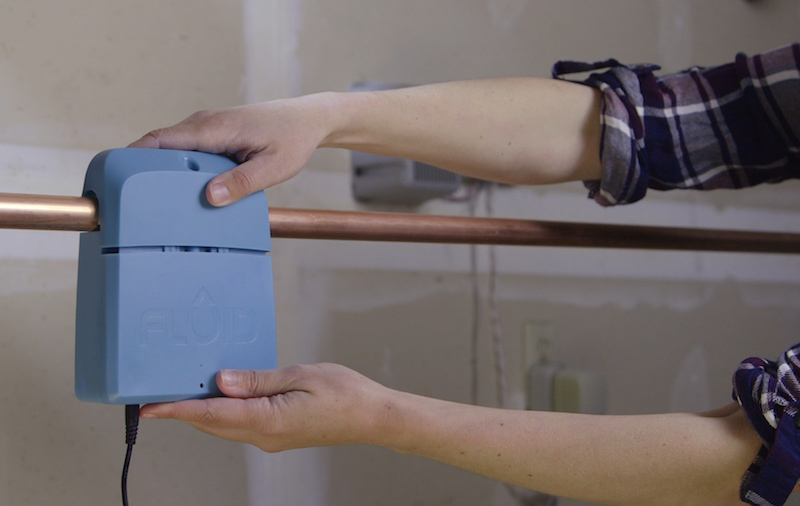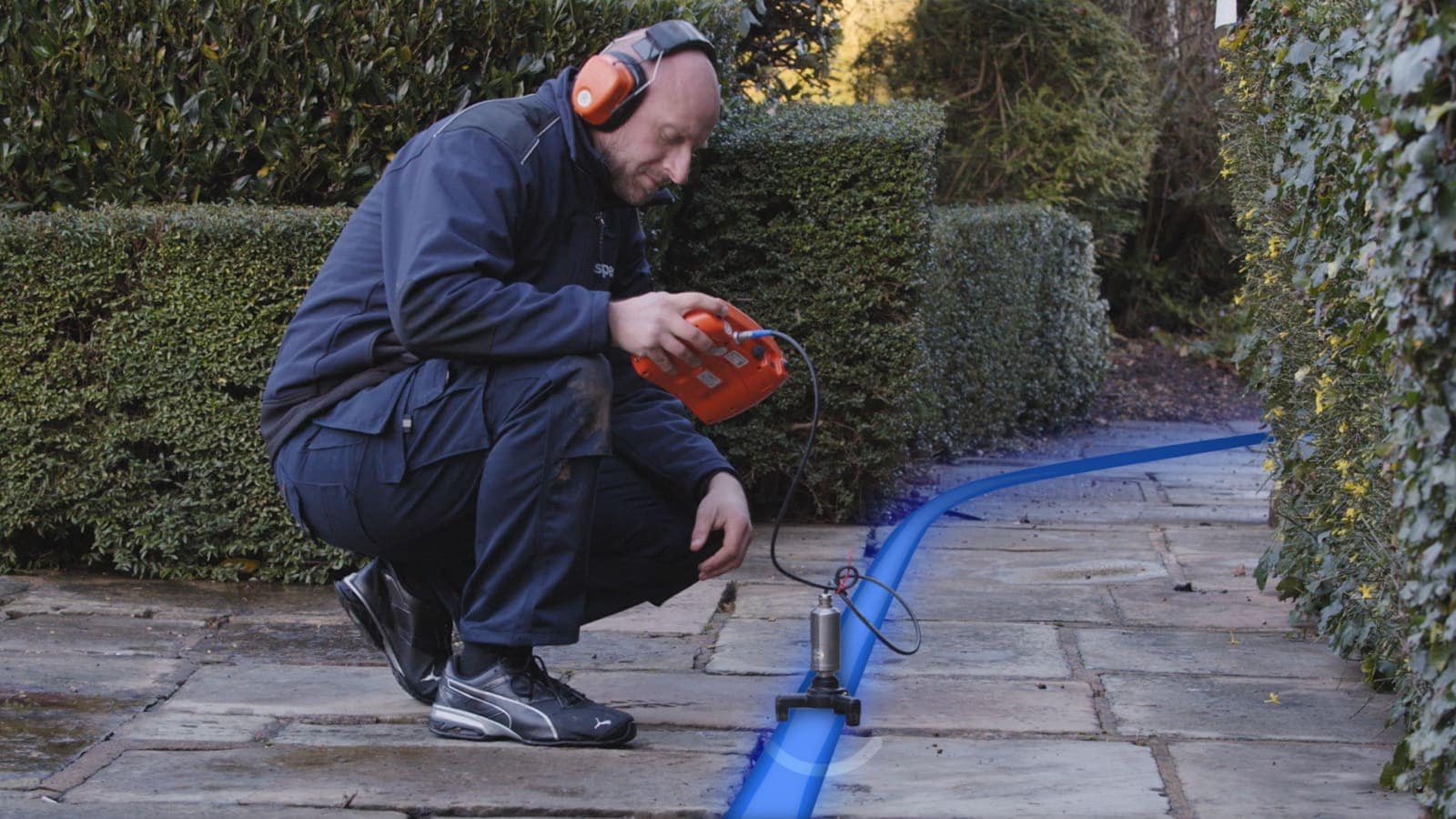Cutting-edge Solutions for Very Early Discovery of Water Leakages in Buildings and Facilities
As the integrity of structures and framework is critical, the difficulty of very early discovery of water leaks has spurred ingenious solutions that promise to revolutionize the method we secure against prospective damages. From innovative leak detection modern technologies to the implementation of IoT sensors for real-time surveillance, the landscape of leakage prevention is advancing swiftly. Equipment knowing formulas offer a look right into the future of leak forecast, while thermal imaging offers a non-intrusive method for identifying covert leaks. Automated water flow analysis systems are reshaping exactly how leaks are identified and resolved, leading the way for an aggressive technique to water leakage detection. Each of these services holds the vital to guaranteeing the integrity and durability of our built atmosphere, motivating a change towards a much more lasting and effective future.
Advanced Leakage Discovery Technologies
Advanced leakage discovery technologies, equipped with cutting-edge sensors and algorithms, play a critical duty in quickly recognizing and determining water leakages in numerous settings. Electromagnetic sensors can recognize adjustments in electro-magnetic fields triggered by water, offering yet an additional layer of leak discovery capacity.

IoT Sensors for Real-Time Tracking
In the world of modern water leakage discovery, the assimilation of IoT sensors for real-time tracking represents a crucial improvement in improving positive leakage detection abilities. These sensing units provide constant monitoring of water supply, giving real-time data on water flow rates, pressure variants, and temperature changes. By leveraging IoT innovation, these sensing units can find even the tiniest abnormalities in water usage patterns, making it possible for very early recognition of possible leaks prior to they intensify right into significant concerns.
IoT sensors send information to a central platform, where advanced formulas examine the details and create alerts or notifications when irregularities are identified. This real-time tracking ability permits homeowner or center supervisors to quickly deal with leakages, lessening water damages, reducing repair prices, and preserving water sources.
Furthermore, IoT sensors can be incorporated with structure administration systems, permitting automated responses to identified go leakages, such as shutting off water valves or turning on pumps to minimize the influence of leaks. Overall, the implementation of IoT sensing units for real-time tracking dramatically improves the effectiveness and efficiency of water leak discovery in structures and infrastructure.
Artificial Intelligence Algorithms for Leakage Prediction

One trick advantage of utilizing maker understanding for leakage prediction is its ability to continuously discover and improve its accuracy over time. As even more information is gathered and fed into the formula, it can improve its forecasts and adapt to changing conditions, ultimately increasing the reliability of leakage detection systems.
In addition, artificial intelligence algorithms can assist in recognizing refined signs of leakages that might go unnoticed by typical monitoring methods. water leak detection. By examining intricate data collections in real-time, these algorithms can supply very early cautions and notifies, allowing for prompt intervention and preventive upkeep to mitigate potential water damages and connected costs
Making Use Of Thermal Imaging for Leak Detection
Thermal imaging technology offers an appealing strategy for spotting water leaks in different systems and infrastructures. By utilizing infrared radiation and temperature level differences, thermal imaging video cameras can identify covert leakages that are not conveniently visible to the naked eye.
One of the key benefits of thermal imaging for leak detection is its non-intrusive nature. Overall, the usage of thermal imaging modern technology improves the efficiency and precision of water leak detection, making it a valuable tool for preserving the stability of buildings and facilities.
Automated Water Flow Analysis Systems
How can computerized water circulation analysis systems change the discovery and management of leakages in various systems and infrastructures? Automated water circulation analysis systems supply a proactive technique to leakage detection by continually keeping track of water circulation prices and patterns. By establishing standard information, these systems can rapidly recognize deviations that might show a leak, enabling timely treatment to avoid extensive damage.
These systems make use of advanced formulas to analyze this content real-time data and offer immediate notifies when anomalies are spotted, enabling swift activity to be taken. Additionally, automatic water flow evaluation systems can be incorporated with structure management systems or more information IoT platforms, enhancing total effectiveness and enabling remote tracking abilities.
Furthermore, the data accumulated by these systems can be made use of for predictive upkeep objectives, aiding to identify possible powerlessness in the facilities prior to leakages occur. In general, the implementation of automatic water flow evaluation systems can considerably boost leakage detection and administration methods, ultimately bring about set you back savings, decreased water waste, and boosted sustainability in structures and infrastructure.

Verdict
In final thought, the integration of sophisticated leakage detection innovations, IoT sensing units, artificial intelligence algorithms, thermal imaging, and automated water flow analysis systems uses innovative options for very early discovery of water leakages in structures and framework. These innovations make it possible for real-time monitoring, prediction of leaks, and effective detection methods to prevent water damage and waste. Implementing these solutions can assist in preserving the integrity and sustainability of water systems in various settings.